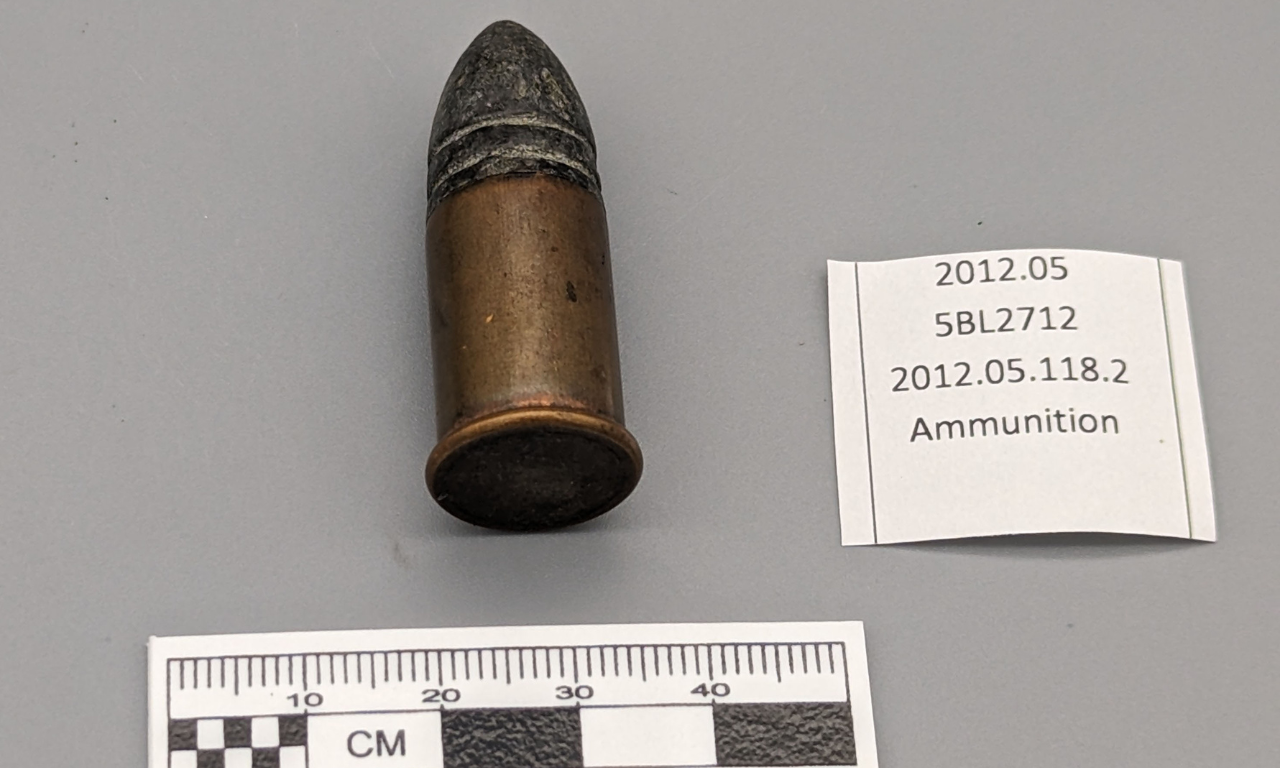One of Boulder County Parks & Open Space’s goals is to protect and preserve our collective human past since open space properties hold thousands of years of human history. Over the years of numerous archaeological surveys, a diverse assortment of artifacts has been collected and is curated at the Parks & Open Space administrative building. Recent funding opportunities have allowed for a temporary archaeological collection cataloging technician to be hired to catalog and re-house the 5,000-object collection.
Under state law, the State of Colorado holds title to all historical, prehistorical, and archaeological materials collected from areas owned by the state or any of its political subdivisions. Under a trust agreement with the state, Parks & Open Space is permitted to curate these held-in-trust materials collected from open space properties.
Almost all material in the collection is of Indigenous origin and is represented through stone tools, projectile points, grinding slabs, pottery shards, and faunal remains. This material has an extensive ability to help us explore, share, and understand our history.
All archaeological material needs to be properly handled, stored, and cataloged for the immense information it holds. Think about your house in its current state if it were to stay that way for hundreds of years, what would future archaeologists find? Clothing, dirty dishes in the sink, leftover chicken bones in the trash can? All those things could give archaeologists insight into what your daily life was like. This is much the same for sites that are buried beneath our feet throughout Colorado. Even the smallest of objects that we may now consider insignificant can provide insight into how individuals lived in the past.
Museums or state-recognized repositories, like Parks & Open Space, care for their collections in many ways. Housing archaeological material typically requires preparation of different storage options by material type. For example, metal and bone do not have the same housing needs and should be separated to better preserve each material type. The size and shape of artifacts are also taken into consideration. Something too large to fit in an archival plastic bag or a box needs a special foam mount created from acid-free material to protect it from falling off the shelf where it is stored.
Preserving the physical artifacts is only one part of the curation process. The digitization of archival written materials, field paperwork, research, and photographs also needs to be taken into consideration. With the curation of these associated materials in addition to the objects themselves, digitization ensures the preservation of the context for each object and, therefore, maintains the important meaning of what was found from each archaeological site. If an object is separated from the site where it was initially located, without the benefit of the associated written materials and photographs, it loses much of its meaning and the ability to provide useful information.
Over the past five months, I have been working as the archaeological collection cataloging technician to preserve the physical and digital data regarding the held-in-trust collection stewarded by Parks & Open Space through the proper cataloging and housing procedures discussed above.
Why is all this work important?
Museums and state-recognized repositories have a responsibility to care for their held-in-trust collections in perpetuity. By properly curating the held-in-trust archaeological collection at Parks & Open Space, we are providing an essential service deemed by the state as advantageous for everyone in Colorado.
As a state-approved repository, Parks & Open Space is required to make the held-in-trust collection accessible and free of charge for study by qualified students and researchers. Providing access to held-in-trust collections develops stronger connections between the descendent communities and researchers piecing together our collective past.


